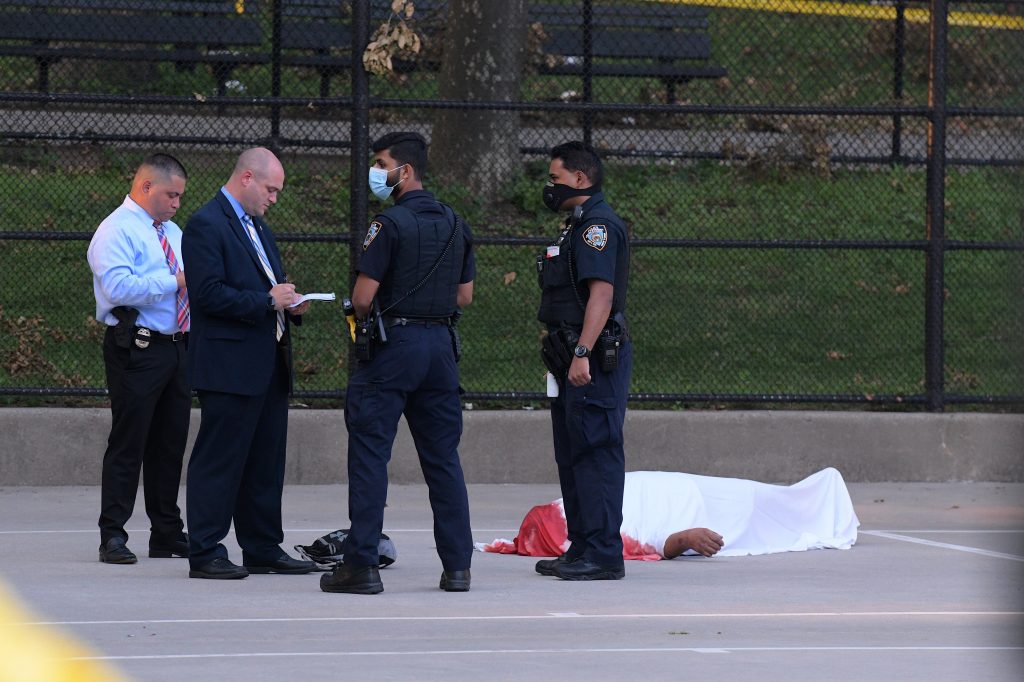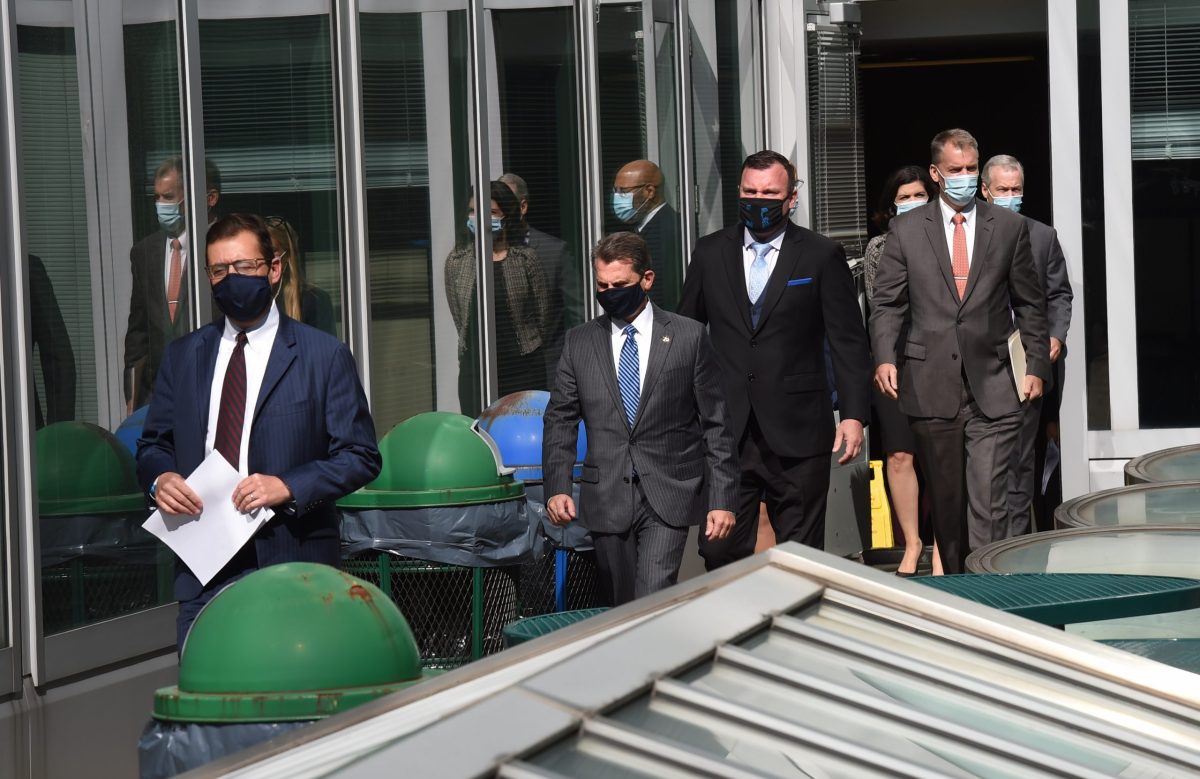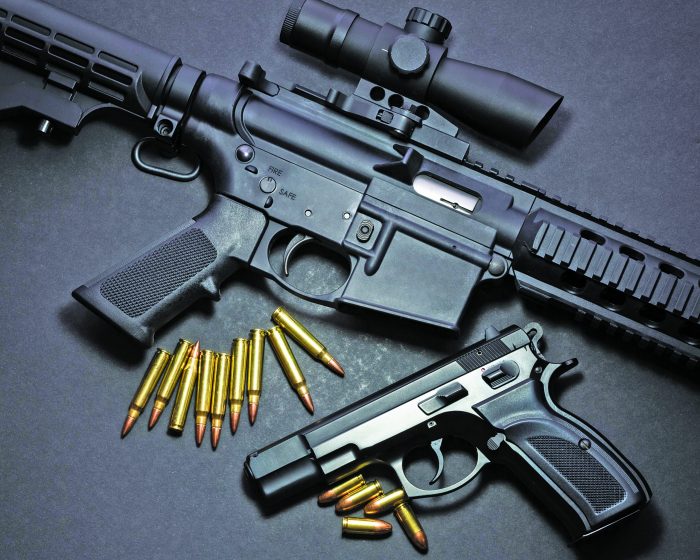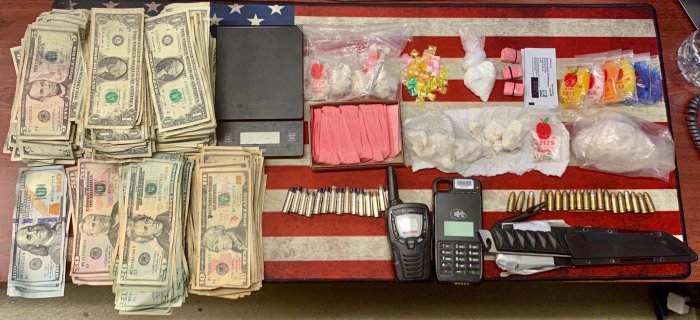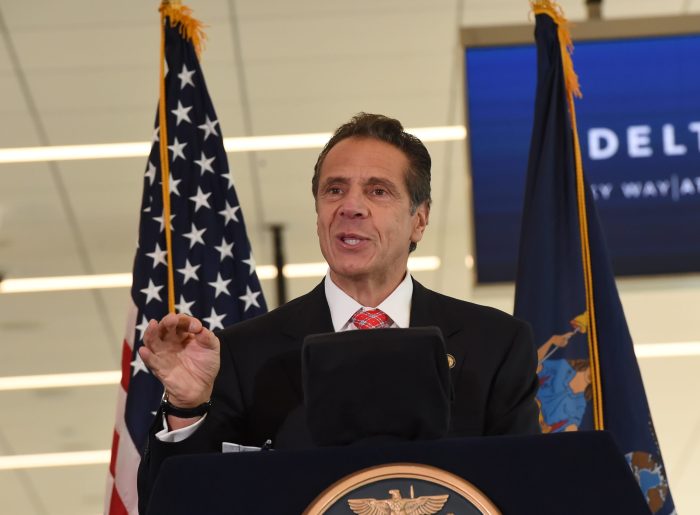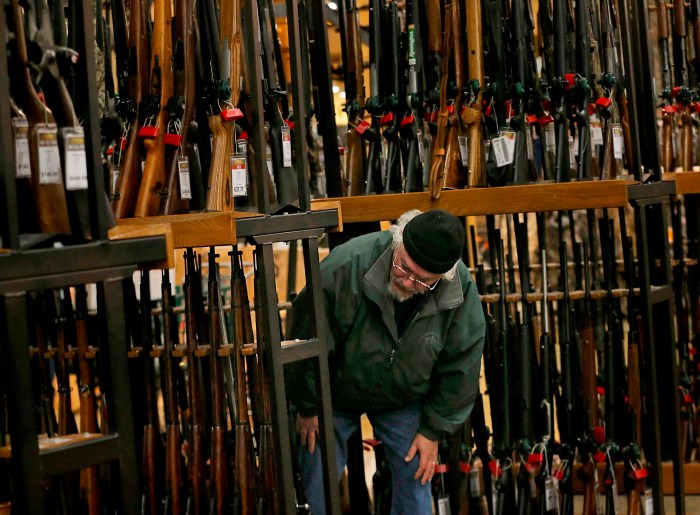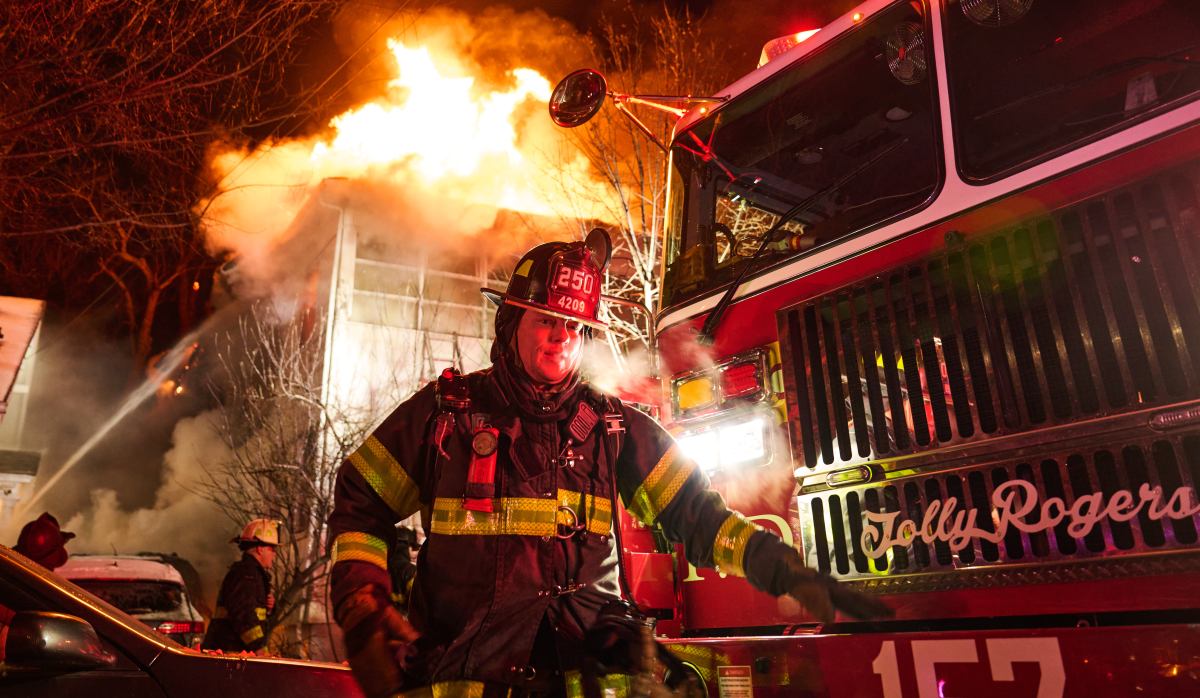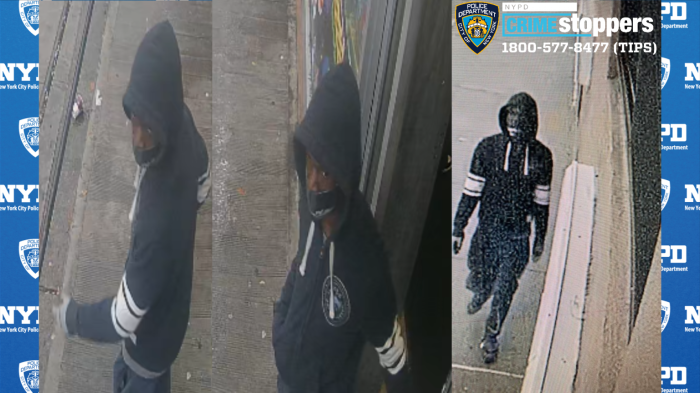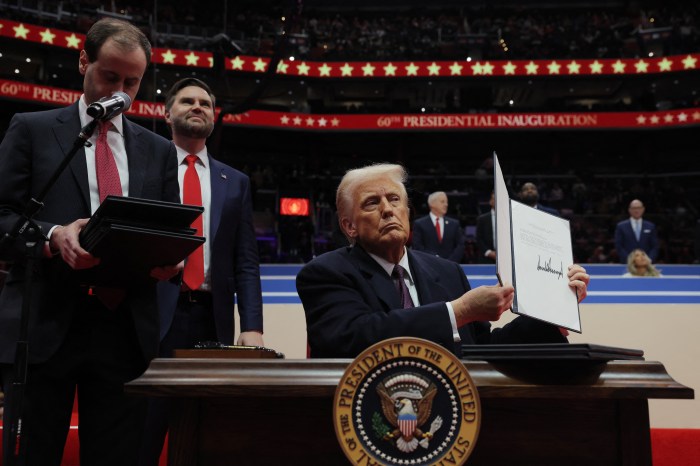The US Attorney for the Eastern District announced Wednesday an expanded cooperation with the NYPD and other federal law enforcement with new technological strategies to battle the alarming surge in gun violence in New York after a summer of violence.
The announcement comes as gun arrests are up a record shootings are up more than 91 percent over the year before and homicides are up 30 percent city-wide. This comes even as the NYPD has made 607 gun arrests in September 2020 — the highest monthly total recorded since the department launched its CompStat crime tracking program in 1994. Year to date, 2,801 gun arrests have been made by the department — up 7% for the year.
Seth DuCharme, acting US Attorney for the Eastern District, made the announcement flanked by officials from the FBI, Bureau of Alcohol Tobacco and Firearms, and the Department Homeland Security. NYPD Commissioner Dermot Shea also joined the press conference, ready to take resources and help from the Feds to stem the violence as his department has been stripped of funds and continues to lose manpower to attrition.
DuCharme emphasized his expanded strategies for dealing with the rise in gun violence with a “targeted response” by going after those who seek to commit gun crimes, find out where they are getting their weapons and seek out those who would arm themselves because of another’s actions.
DuCharme said his gun arrests have a 70 percent retention rate in prison, compared with a 22 percent rate in New York City, but he said, “everyone will receive equal treatment under the law – that’s our guiding principle – we seek not to pressurize and environment, but to pressurize the drivers of violence.”
“We will be focusing on those who put people in jeopardy, and remove them from society,” DuCharme said on the roof deck of his office in Cadman Plaza. “We are looking at neighborhoods with rising crime, so the geography is not as important as to focus on pockets of crime, especially areas of Brooklyn. We’ve worked with the NYPD on hotspots and had success with diminished activity for a specified time. But it’s sometimes the environment that allows for bad behavior.”
DuCharme blamed several events for the crime surge, including the COVID-19 pandemic, the killing of George Floyd by Minneapolis police officers for fueling emotions that he said, “has torn the fabric that holds us together that has created a climate that makes people in engage in unacceptable behavior and commits violence against others.”
Some of the strategies include an expansion of the Office’s Rapid and Strategic Prosecution Initiative (RASP) to ensure “rapid intake of federal prosecutions in response to gun violence. Using RASP, prosecutors and investigators are making better use of crime data and other technologies to take down criminals and gangs.
“Our message is clear: violent criminal offenders will be arrested, detained and incapacitated in the court system,” he said.
RASP was created in response to upticks in violent crimes in areas of the district and being able to rapidly deploy federal resources in order to protect communities from violent crime. Another advantage that the federal prosecutors have is being able to hold offenders on other charges during an investigation whereas the NYPD under bail reform must release low-level offenders before trial – with higher retention rates that they say deters offenders.
“We believe that if you balance the risk that if you are detained then it is more likely to play into their behavior and they are less likely to commit violent crimes,” DuCharme said of increased consequences for criminals and additional investigative partnerships making all law enforcement efforts stronger.
Commissioner Shea said that while anti-crime was disbanded, those resources were reallocated to other more specific goals to stop crime through Neighborhood Policing, the hallmark of his strategy. Shea pointed to a 9 percent increase in gun arrests using more accurate data – even as they now have 2,600 officers.
“Our partners have been working steadily to reduce gun violence in the city,” Shea explained. “We can talk about the statistics, but this is the summer where we lost a 1-year-old child in a stroller on the streets of Brooklyn to gun violence. More recently in Queens, a mother in her apartment, with her husband and children, was shot through the window, killed by a stray bullet. Let that sink in. That answers every question as to why we are here today to renew our vow and not rest until those responsible for gun violence in New York City are held accountable.”
Officials read of a litany of arrests over the past several months of gang members for gun violence, firearm trafficking and murder. RASP expanded to identify individuals and groups responsible for spikes in gun violence and are conducting a host of investigation using data and analytics to identify trends; use federal firearms statues to address the violence; a dozen US Attorney’s are working on gun cases; working directly with NYPD detectives to build cases against violent gangs and making use of Special Assistant US Attorneys just for firearms cases.
